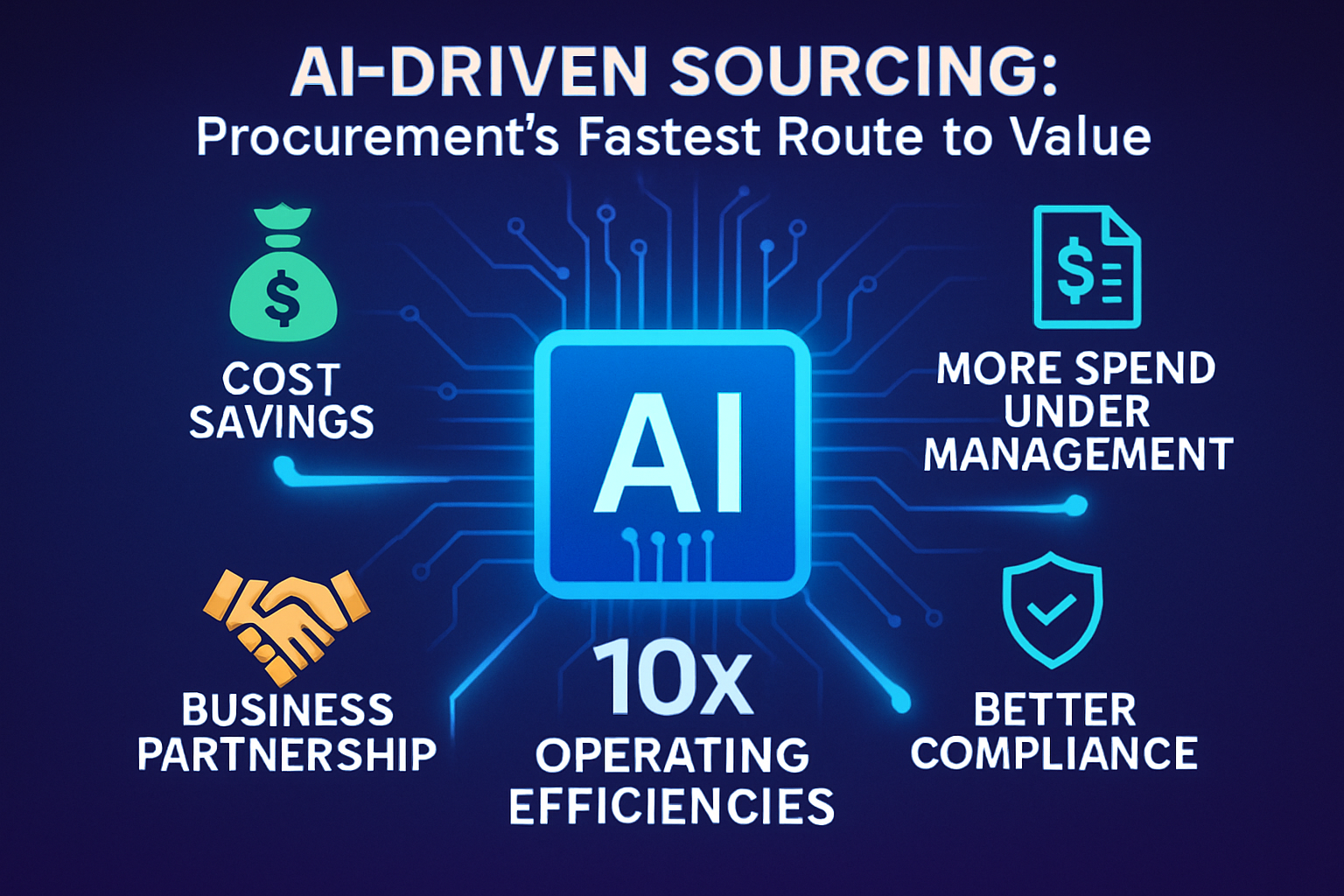Blog
Procurement
Five Trends To Shape Company Spend in 2023
Admin
Share this post

As 2023 approaches, we have identified five trends that will result in companies reimagining procurement within their organizations as they contend with economic challenges in the year ahead.
"Enterprise companies have a great opportunity to ensure that their balance sheets remain strong amid inflation by taking a closer look at indirect spending," says Keith Hausmann, CRO at Globality. "In the year ahead, as the C-suite looks for more levers to minimize expenditures, this is the chance for procurement to embrace modern, intelligent buying systems and digitalization to optimize indirect spend, deliver new sources of value, and improve spend efficiencies to meet or even exceed business goals.
Indirect spend can account for 20% to 30% of revenues, yet rarely draws executives attention. Where companies were once able to squeeze margins from their supply chain, rising costs for products across the board are preventing them from tapping that source. Instead, companies will tap indirect spend, such as technology, marketing, and real estate, in order to preserve earnings, margins, and profitability. There will be more strategic focus on indirect spend and less emphasis on simply managing the budget which is what most companies have traditionally endeavored to do.
2. Automation will bring a more consumer-like, self-serve buying experience to the enterprise.
Automation is having a profound impact across entire organizations. Injecting automation into key enterprise functions including procurement and leveraging it to bridge data silos that inherently exist is dramatically more efficient and effective. Enterprises will increasingly require procurement technology solutions to be more consumer-like, intuitively designed, and agile to improve efficiencies, better work with their business stakeholders, and help to do more with a leaner staff. It will be crucial to have mechanisms that prevent business stakeholders from making a sub-optimal selection of suppliers and guide them toward making the best decisions, especially when their spending is directly impacting the company’s profitability targets.
3. Within procurement teams, skill sets will shift from transactional abilities to relationship management and problem solving.
As data analytics and automation become more prevalent, companies will no longer need large procurement teams focused on transactional work. Instead, procurement talent adept in strategic problem solving and relationship management will be much more in demand. Effective procurement teams will have the ability to leverage insights derived from technology and artificial intelligence while transactional tasks will be completed more efficiently through automation which also frees up budget.
4. Chief Procurement Officers (CPOs) will face a war on procurement talent and expertise.
As the focus increases on indirect spend optimization, many organizations will realize that their talent pool in areas like Marketing or IT buying in not up to the task. For too long procurement has played a mostly transactional role in these areas and expertise has become rare. CPOs will realize that there aren’t enough deep experts in the indirect procurement space to fill every vacancy at every major corporation, and the only answer is complementing humans with machine learning, or in other words crowd sourcing the competences which have become scarce.
5. CPOs will become critically important to the performance of a business as inflation remains stubbornly high and the global economy slides into recession. CPOs will be the central point in collaborating across the C-suite as executives define the strategic vision, design the IT roadmap, and determine capital expenditures and investments. As custodians of the most impactful data a company generates, they control an increasingly strategic lever that helps companies manage costs while prioritizing resources in key areas to not only survive but also thrive during the tricky times that lie ahead in 2023.
Share this post



